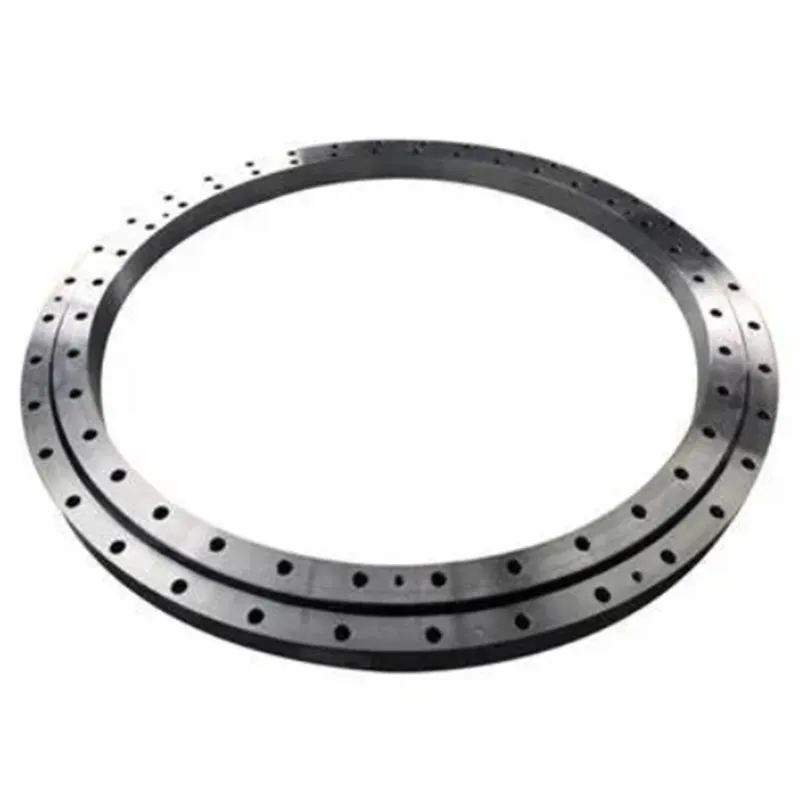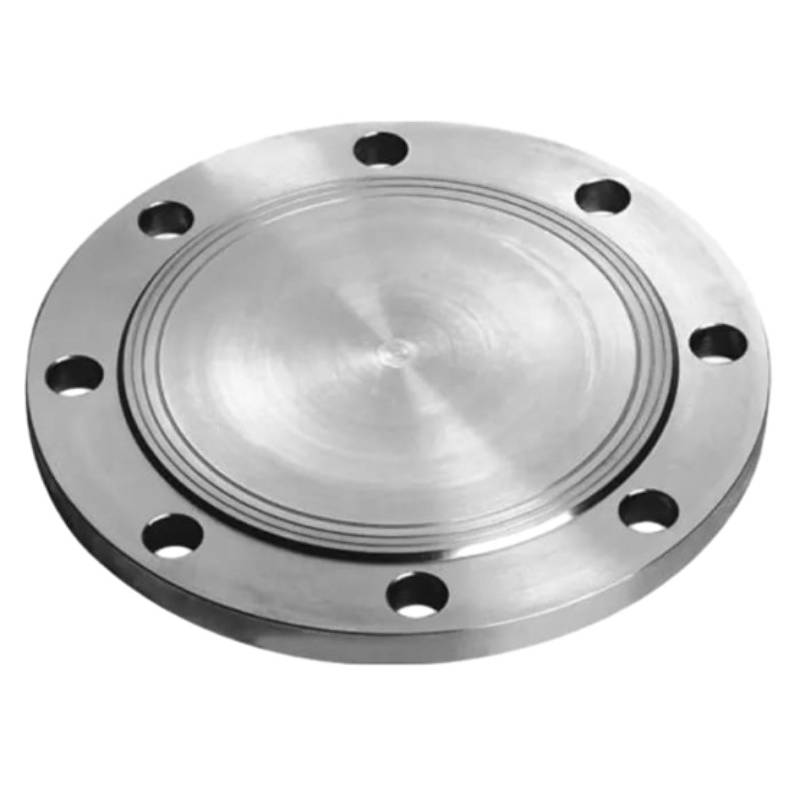-
Cangzhou Yulong Steel Co., Ltd.
-
Phone:
+86 13303177267 -
Email:
admin@ylsteelfittings.com
- English
- Arabic
- Italian
- Spanish
- Portuguese
- German
- kazakh
- Persian
- Greek
- French
- Russian
- Polish
- Thai
- Indonesian
- Vietnamese
- Zulu
- Korean
- Uzbek
- Hindi
- Serbian
- Malay
- Ukrainian
- Gujarati
- Haitian Creole
- hausa
- hawaiian
- Hebrew
- Miao
- Hungarian
- Icelandic
- igbo
- irish
- Japanese
- Javanese
- Kannada
- Khmer
- Rwandese
- Afrikaans
- Albanian
- Amharic
- Armenian
- Azerbaijani
- Basque
- Belarusian
- Bengali
- Bosnian
- Bulgarian
- Catalan
- Cebuano
- China
- China (Taiwan)
- Corsican
- Croatian
- Czech
- Danish
- Esperanto
- Estonian
- Finnish
- Frisian
- Galician
- Georgian
- Kurdish
- Kyrgyz
- Lao
- Latin
- Latvian
- Lithuanian
- Luxembourgish
- Macedonian
- Malgashi
- Malayalam
- Maltese
- Maori
- Marathi
- Mongolian
- Myanmar
- Nepali
- Norwegian
- Norwegian
- Occitan
- Pashto
- Dutch
- Punjabi
- Romanian
- Samoan
- Scottish Gaelic
- Sesotho
- Shona
- Sindhi
- Sinhala
- Slovak
- Slovenian
- Somali
- Sundanese
- Swahili
- Swedish
- Tagalog
- Tajik
- Tamil
- Tatar
- Telugu
- Turkish
- Turkmen
- Urdu
- Uighur
- Welsh
- Bantu
- Yiddish
- Yoruba

Mar . 05, 2025 06:27 Back to list
DIN2527 BLIND FLANGE
The DIN 2527 blind flange is a distinct component in the industrial flange landscape, integral to a multitude of applications. Its design, characterized by a round plate capable of sealing off a pipe end or unused valve openings, exemplifies the balance between practicality and precision. For professionals in fields ranging from petrochemicals to waterworks, understanding the nuances of the DIN 2527 blind flange is critical.
Securing the proper certification and traceability records of the flange material is another step that emphasizes trustworthiness. These certifications guarantee the material's quality and origin, supplying the assurance necessary for critical-use scenarios where failure is not an option. Furthermore, installation procedures can have a profound impact on the performance of the DIN 2527 blind flange. Using the appropriate torque to fasten the flange prevents metal fatigue and extends the lifespan of seals and gaskets used in conjunction. Regular checks for signs of wear, corrosion, or damage can preempt costly downtimes, maintaining operational integrity over a prolonged period. Innovation in flange design continues to evolve, responding to the demands of modern infrastructure which requires components that are versatile, robust, and sustainable. Manufacturers are progressively focusing on eco-friendly practices and materials, without compromising on the flange’s structural integrity or performance. The choice of materials, advanced manufacturing techniques, and quality control processes have become focal points in the production of DIN 2527 blind flanges. In summary, the DIN 2527 blind flange plays a pivotal role in maintaining the safety and efficiency of piping systems across industries. Its precise design, adherence to rigorous standards, and the ability to adapt to various environmental and operational conditions make it an indispensable asset. As the industry evolves, these flanges will continue to be a foundational component, supporting innovations and ensuring infrastructure resilience. Being well-versed with their features and having a proactive approach to maintenance can lead to notable improvements in the longevity and reliability of systems relying on this crucial piece of engineering.


Securing the proper certification and traceability records of the flange material is another step that emphasizes trustworthiness. These certifications guarantee the material's quality and origin, supplying the assurance necessary for critical-use scenarios where failure is not an option. Furthermore, installation procedures can have a profound impact on the performance of the DIN 2527 blind flange. Using the appropriate torque to fasten the flange prevents metal fatigue and extends the lifespan of seals and gaskets used in conjunction. Regular checks for signs of wear, corrosion, or damage can preempt costly downtimes, maintaining operational integrity over a prolonged period. Innovation in flange design continues to evolve, responding to the demands of modern infrastructure which requires components that are versatile, robust, and sustainable. Manufacturers are progressively focusing on eco-friendly practices and materials, without compromising on the flange’s structural integrity or performance. The choice of materials, advanced manufacturing techniques, and quality control processes have become focal points in the production of DIN 2527 blind flanges. In summary, the DIN 2527 blind flange plays a pivotal role in maintaining the safety and efficiency of piping systems across industries. Its precise design, adherence to rigorous standards, and the ability to adapt to various environmental and operational conditions make it an indispensable asset. As the industry evolves, these flanges will continue to be a foundational component, supporting innovations and ensuring infrastructure resilience. Being well-versed with their features and having a proactive approach to maintenance can lead to notable improvements in the longevity and reliability of systems relying on this crucial piece of engineering.
Next:
Latest news
-
ANSI 150P SS304 SO FLANGE
NewsFeb.14,2025
-
ASTM A333GR6 STEEL PIPE
NewsJan.20,2025
-
ANSI B16.5 WELDING NECK FLANGE
NewsJan.15,2026
-
ANSI B16.5 SLIP-ON FLANGE
NewsApr.19,2024
-
SABS 1123 FLANGE
NewsJan.15,2025
-
DIN86044 PLATE FLANGE
NewsApr.19,2024
-
DIN2527 BLIND FLANGE
NewsApr.12,2024
-
JIS B2311 Butt-Welding Fittings LR/SR 45°/90° /180°Seamless/Weld
NewsApr.23,2024











